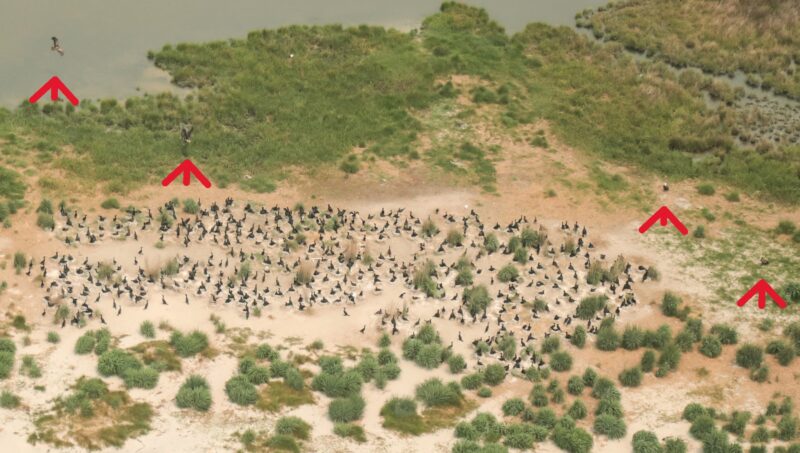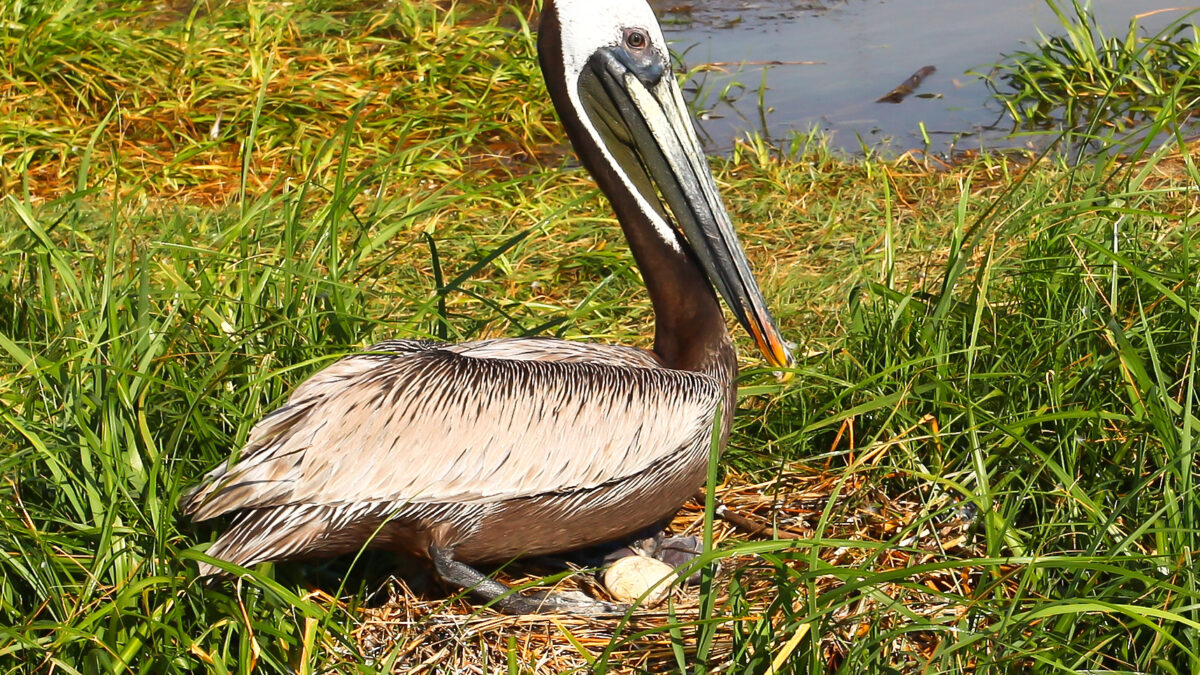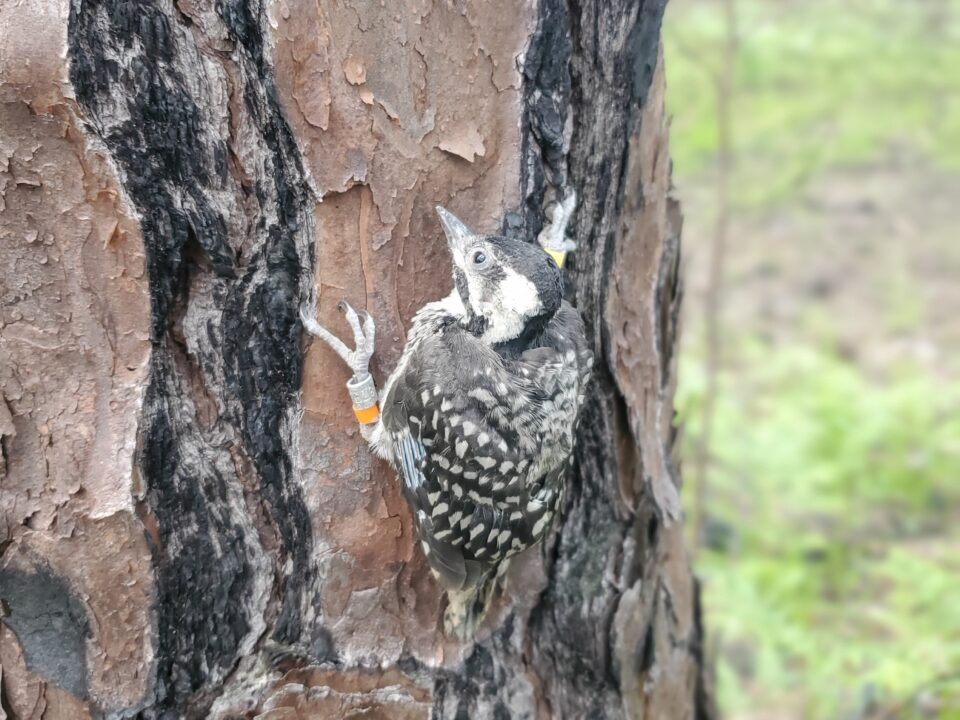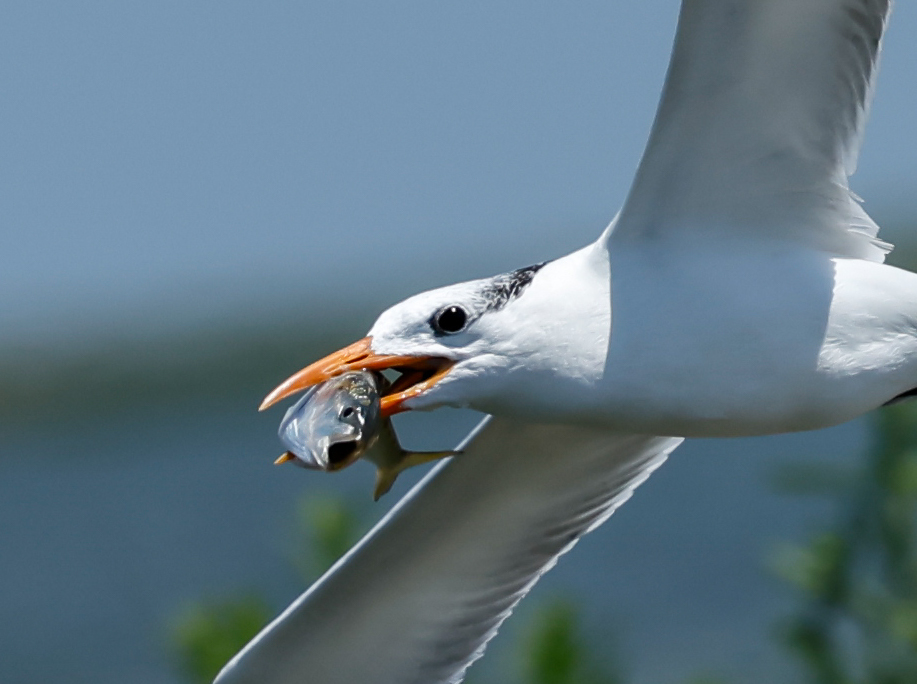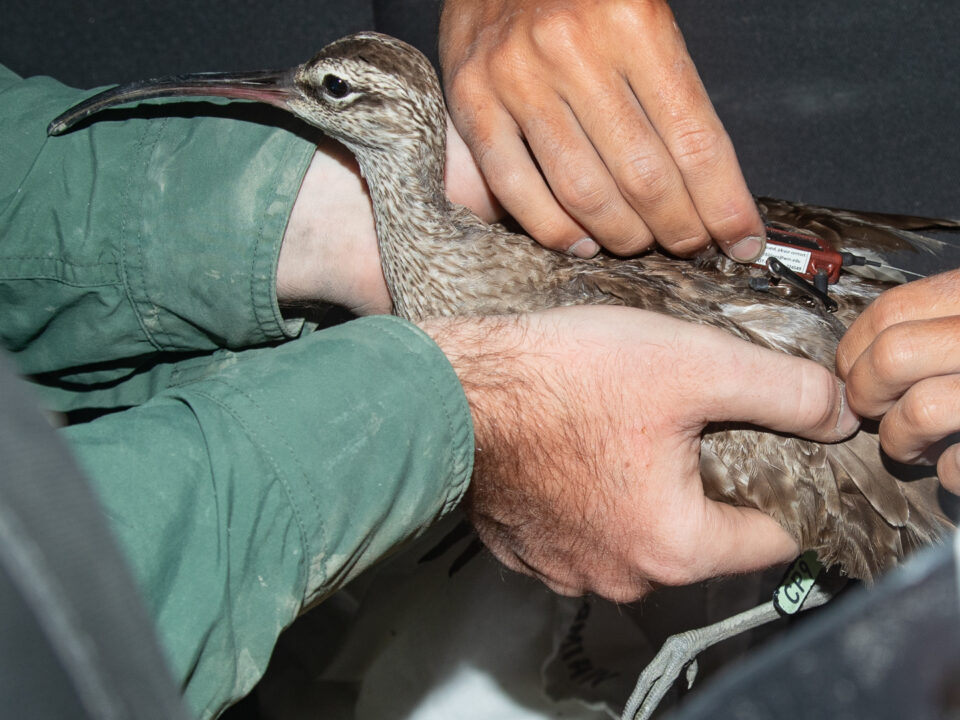Lost Colony

Piney Grove’s Red-Cockaded Woodpecker Rebound
October 8, 2025By: Bryan Watts
10/1/25
In June of 1993, Gary Costanza was working with black ducks on the Bay islands when Mitchell Byrd and Bryan Watts hitched a ride out to Fishbone Island to check on a tern colony and then up to South Point to survey the emerging colony that they had seen from the air. The tide was ebbing fast, threatening to strand the boat for several hours on the expansive flats around Shanks Island as Gary put them off on the beach. They had only minutes to scramble up over the low dunes and work through the colony. Fifty-three pelican nests were scattered through the vegetation. In a small cluster just on the crest of the dunes was a group of six cormorant nests with fresh eggs. Over the next several years this embryo of a colony would rapidly become the largest colony of pelicans and cormorants within the region.
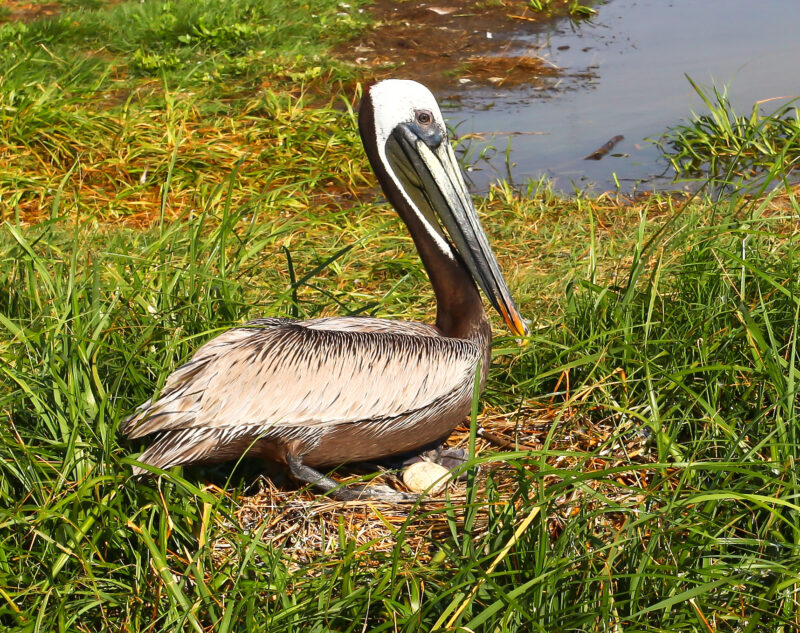
Located within an old marsh pasture on the south end of Smith Island, the colony is strategically positioned within the heart of the Chesapeake Bay and is one in a series of seabird colonies that stretch from Tangier Island north to Poplar Island. CCB has monitored the colony for more than thirty years as part of the Virginia colonial waterbird survey. Pelicans reached a high of 1,857 pairs in 2013 and cormorants reached a high of 4,606 in 2018. The colony supported a combined high of 6,359 pairs in 2018. The beehive of adults coming and going from the colony could be seen for miles. During this period, the colony covered many acres and was arranged in three large sub-colonies. By 2023, the footprint of the colony had been reduced and both species had retreated from their high with 1,256 pairs of pelicans and 2,488 pairs of cormorants.
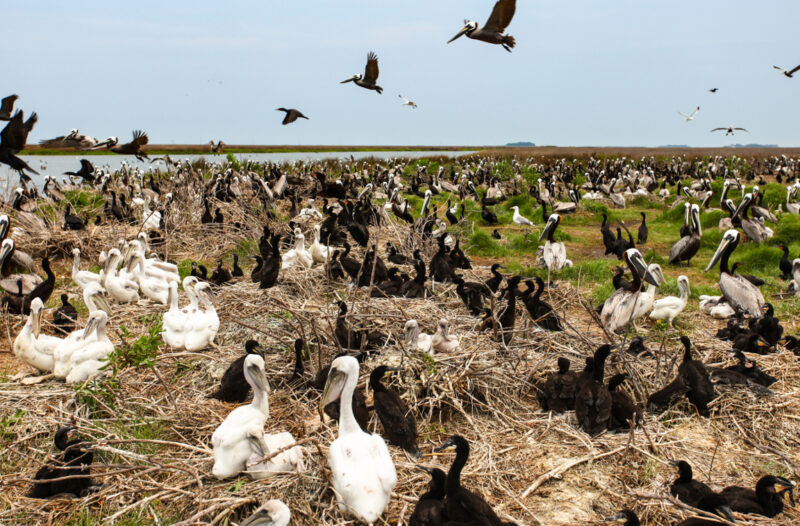
During the summer of 2025 I traveled out to the colony site with a team from the Virginia Department of Wildlife Resources to check on the status of the colony. As we approached from the east it was clear that something had changed. There was no buzz around the colony site. As we walked through the old site we saw no pelicans or cormorants, but we did locate a cluster of abandoned cormorant nests within what had been the southernmost sub-colony. The site was an eerie ghost town of nests that were all perfectly completed but with no sign that eggs had been laid. It was a shock to go from thousands of pairs to none in such a short span of time.
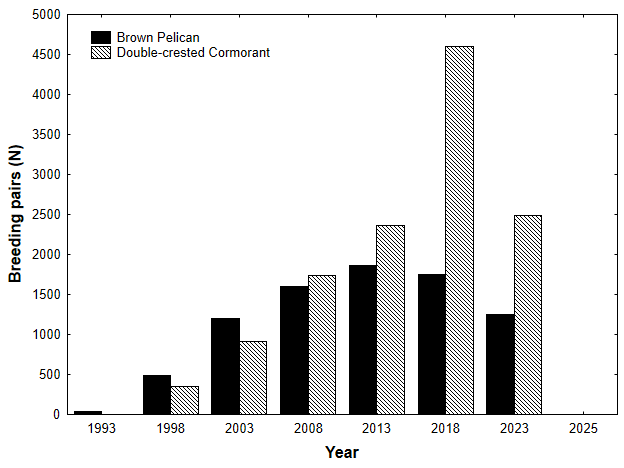
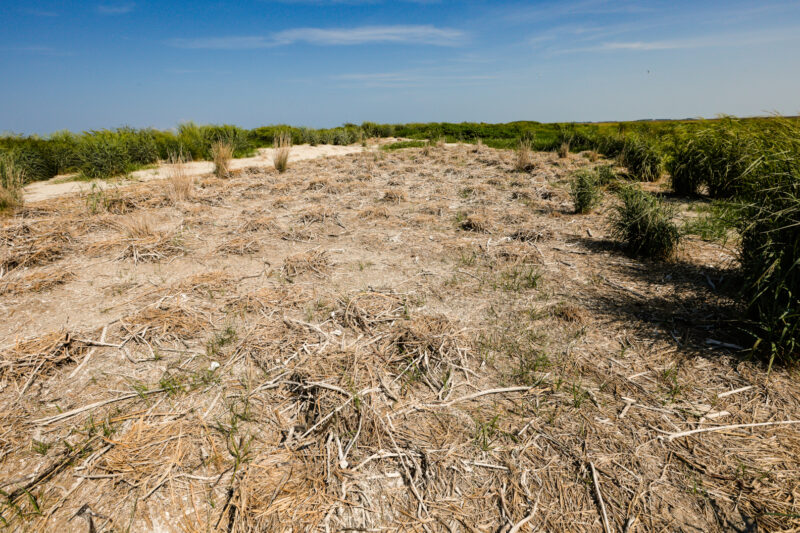
The causes for colony abandonment are not clear. Shanks Island has been eroding over time and it certainly is reduced from its heyday. In recent years we have also observed pressure from bald eagles. However, the most likely cause is colonization by ground predators. We observed several burrows within the abandoned cormorant colony that were consistent with rats. Colonization of offshore islands by rats is a common cause for site abandonment. If rats have colonized the site, management action will be needed to eliminate them from the island. Where these seabirds have relocated to is also not clear. In 2023, we documented a new colony of pelicans on the lower Barnard Islands and in recent years a colony formed on Fort Wool. Locals indicate that colonies have also formed on Queen Ridge just north of Tangier and the marsh island near Rhodes Point in Maryland. Colonies have also been documented throughout the years on Spring and Adams Islands just north of Smith Island in Maryland. Collectively, these new colonies do not account for the large numbers that once nested on Shanks. Hopefully, some active management will allow birds to resettle on Shanks Island.
